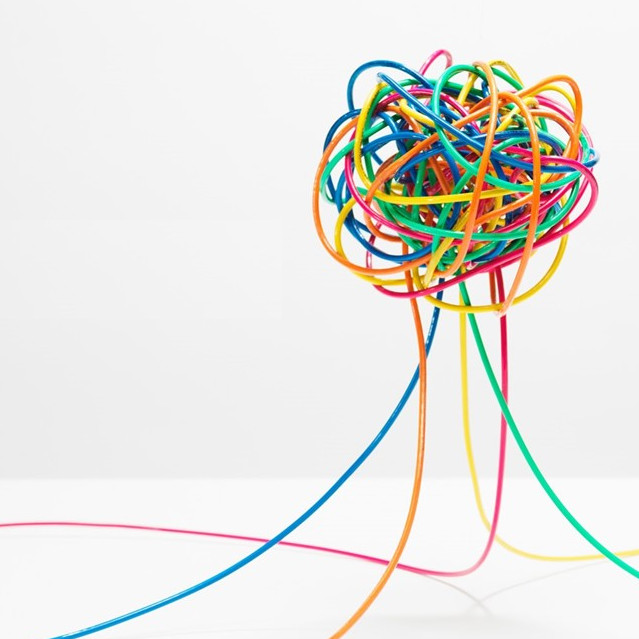
FEAR. The greatest cause of our anxiety is fear. But fear and anxiety are not the same thing. Anxiety is spurred by uncertainty, by the assumptions and predictions we make about the future in which we have little confidence. If we could forecast events with certitude, we would be much less anxious. We would know what we need to do. We’d either accept our fate, adjust our expectations or prepare to do something different. We’d adapt to the futility of knowing there’s nothing we might do with a degree of frustration or despair. However, our anxieties about the unknown can be ameliorated by improving our ability to understand risk and align our beliefs and feelings about what may or may not happen.
What we fear the most rarely happens. Because, fundamentally, fear is an over-analysis of consequences yet to occur. The acronym False Evidence Appearing Real is instructive. Our imaginary fears harm us more than reality ever does. Roosevelt astutely observed that the greatest fear is fear itself. Disney opined that courage (the opposite of fear) is a quality of mind that enables us to face the future with calmness. We don’t need to live in fear to feel safe. The antidote is to build our risk intelligence. This requires an understanding of probability forecasting. Statistics are meaningless without context. Belief in the absence of empirical data is more than prejudice; it’s emotionally traumatic.
To overcome our fears, we need to focus our intellect on trusting that we are capable of protecting ourselves come what may or sufficiently adept at creative adaptation. This happens when we ask a lot of people a lot of questions and thoughtfully compare their responses. The wisdom of crowds has value. It helps us mindfully distinguish fact from fiction and possibility from probability.
In a world of increasing uncertainty, volatility and disruption, post-truth narratives and falsehoods thrive. Much like a virus, they spread indiscriminately. Think thesis, then antithesis and finally synthesis. Beware the enormous weight of mental glitches like anchoring and confirmation bias. Leave no assumption unscrutinized. And regularly update and adjust your expectations of what the future may deliver your way. Tomorrow has never been a linear projection of what happened today.
SKEPTICISM. If we cannot be moderately skeptical of the bizarre claims we frequently hear, then we may fall for anything no matter how spurious or bogus they may sound. Our untrammeled gullibility can make even the most erudite a sucker. The challenge with making a judicious examination of what appears superficially plausible, but is actually either improbable or wrong, is to balance the need for critical appraisal with an openness to new ideas and a tolerance for differences. Good scientists do both: they churn up new theories that unravel complexity, then evaluate them ruthlessly. Only the notions that pass rigorous and careful assessment make it to the next level of scrutiny, where they are again judged by their peers.
Carl Sagan is revered as the greatest patron saint of critical thinking. He offered us these tools for appraising the veracity of ideas: there must be an independent confirmation of the “facts,” substantive debate of all points of view by knowledgeable proponents, a meticulous testing of alternative hypotheses and a scrupulous gathering of empirical data. The purpose is to determine whether the claim can be falsified. The enemies of truth and common sense include attacking the arguer rather than the argument, a fear of adverse but highly unlikely consequences, appealing to ignorance and bias, cherry picking the data, false dichotomies, half truths, generalizations and weasel words. For an inveterate skeptic, there’s a lot to plow through to get to the truth. But the end justifies the means.
Sagan cautioned against accepting the views of so-called “authorities” without critical thought. Try not to get overly attached to a theory just because it aligns with your own. Ask yourself why you like the idea, compare it fairly with other explanations and see if you can find good reasons for rejecting it. If you don’t, others certainly will. All assertions that belie common sense should be checked out – exhaustively. Unless we thoughtfully apply these assessment tools to what appears mind boggling at first blush, we become just as gullible as the majority of the population currently seems to be.
